If you're wondering what to do with dried goji berries, here are the best Easy & Quick, Sweet & Savory Dried Goji Berry Recipes (Wolfberries), perfect for breakfast, lunch and dinner!
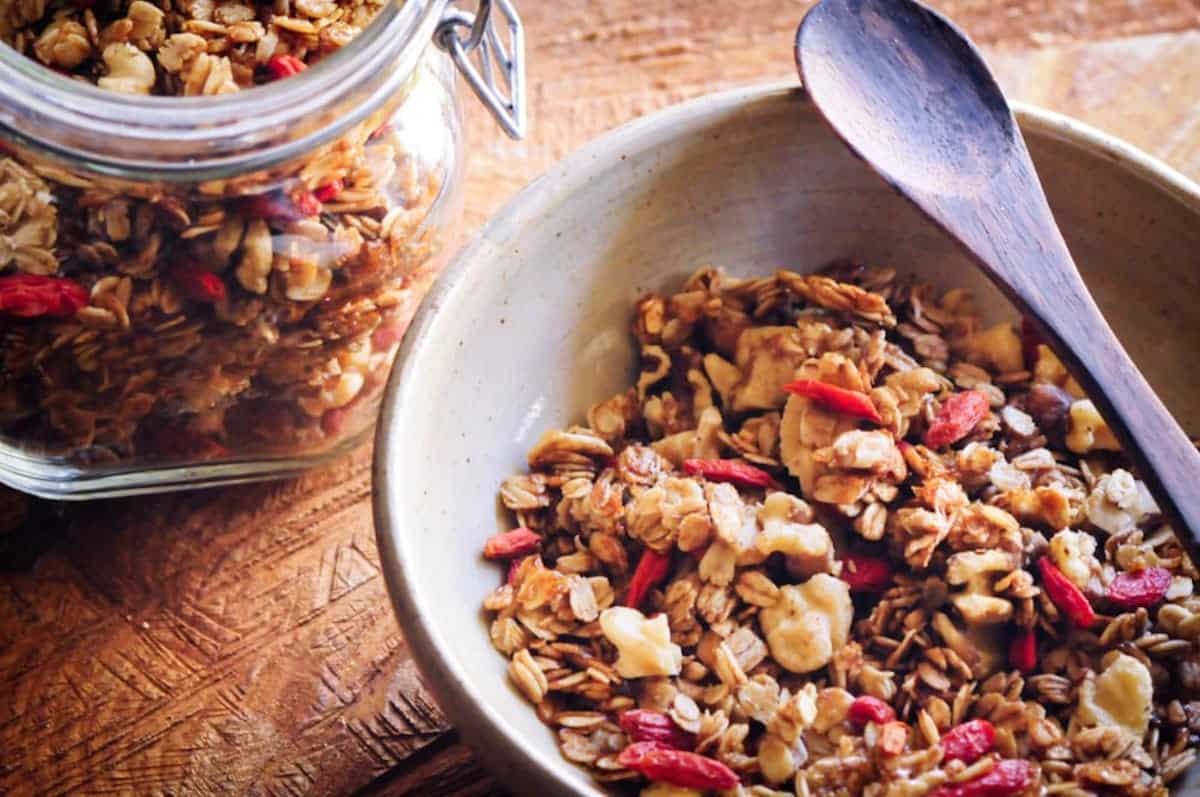
Jump to:
What are Goji Berries?
Also known as Wolfberries, Goji Berries are the fruit of either the Lycium barbarum or Lycium chinense, 2 types of boxthorn from the nightshade family, Solanaceae.
Sounds ominous, but the fruits are not poisonous! In fact, they're good for the immune system and have been part of the Chinese cuisine and Korean diet for centuries.
In Asia
Traditionally, Chinese & Korean people add dried wolfberries whole to soups, stews, and rice porridge.
However, the berries can also be ground into powder, made into goji berry jam or blended to make juice and goji berry sauce.
In the West
In recent years, they have become an increasingly popular "superfood" in the West.
Some easy goji berry recipes are mixing with flax seeds and chia seeds to make a goji berry smoothie or energy bars. You can basically use goji berries when other dried fruits are called for in recipes!
Types
There are 2 types:
- red: more often seen and easy to find
- black goji berries: more common in Central Asia and the Himalayas
For more information on goji berries, do click through to my goji berry tea post, in which I've covered the topic more thoroughly.
Soups
Many goji berry recipes are in the form of Chinese soups and savory dishes such as stews. Add a handful to any soup that you want to sweeten naturally without added sugars, such as ginger coconut soup.
TIP: these berries cook quickly so you can just add them 10-15 minutes before switching off the fire.
Chicken Soup with Abalone


Black Chicken Soup
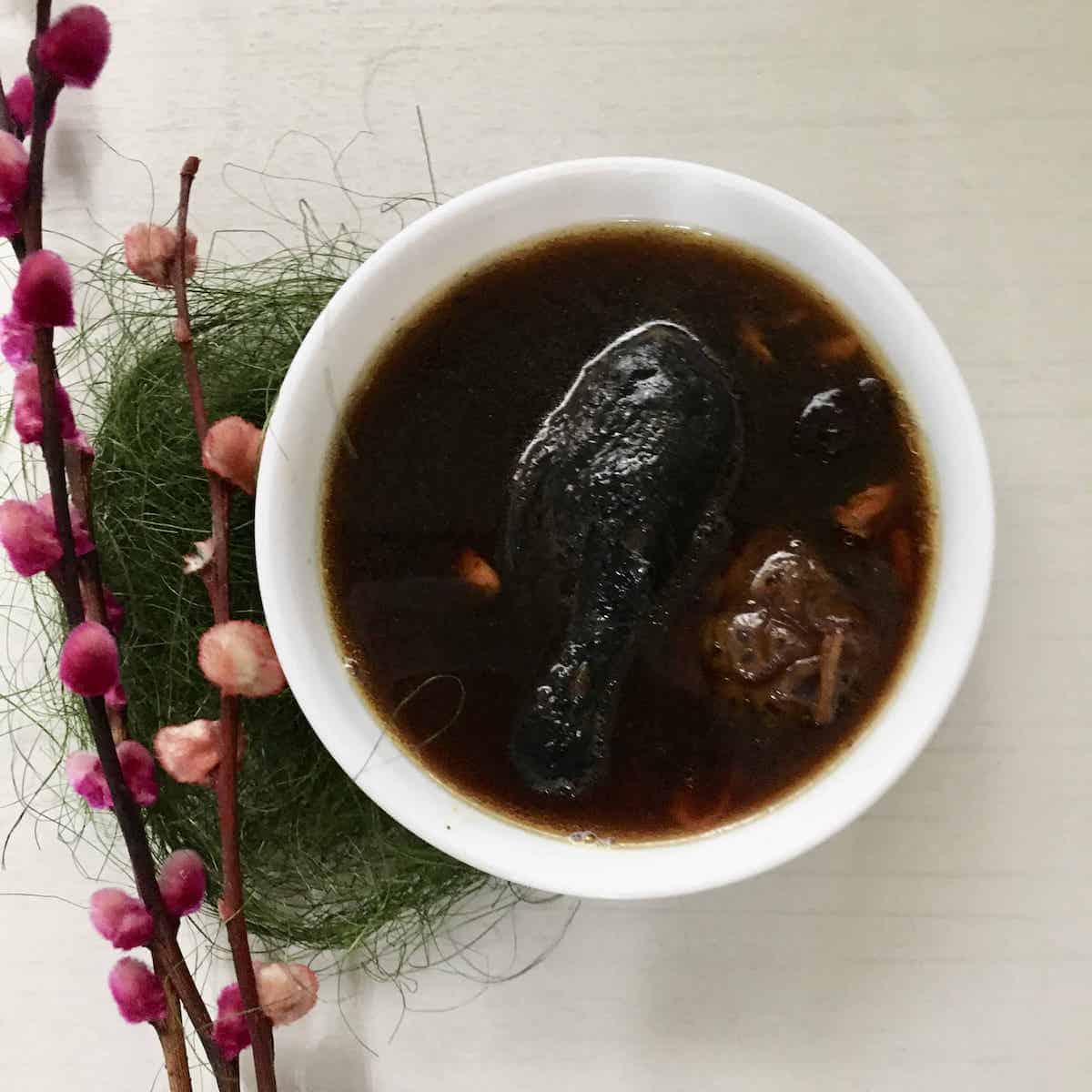

Chinese Cabbage Soup
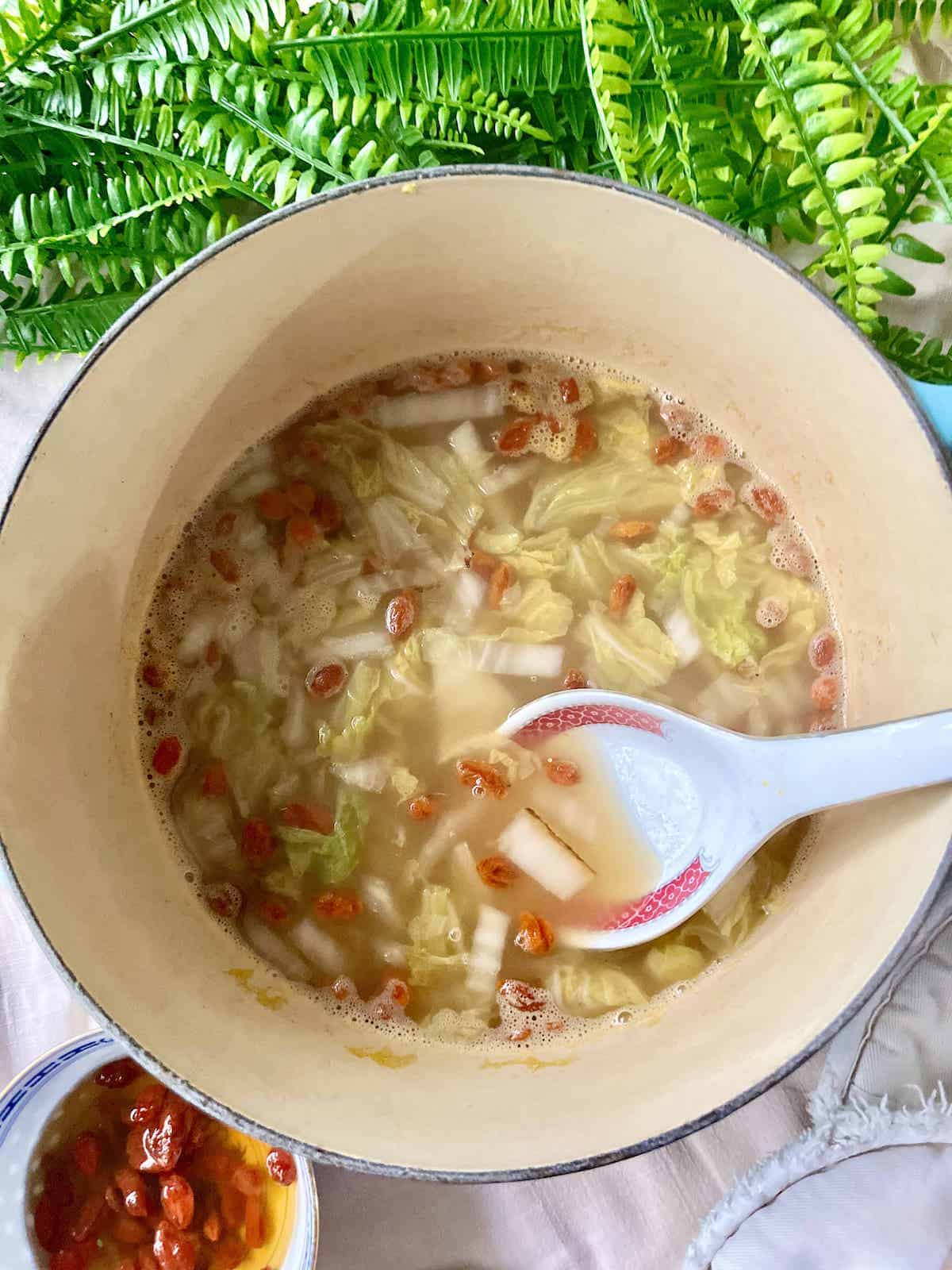

Chicken Foot Soup


Rice & Noodles
I like to add a handful of wolfberries to my tomato sauce when I make pasta, as it helps to sweeten it without adding sugar!
Abalone Porridge
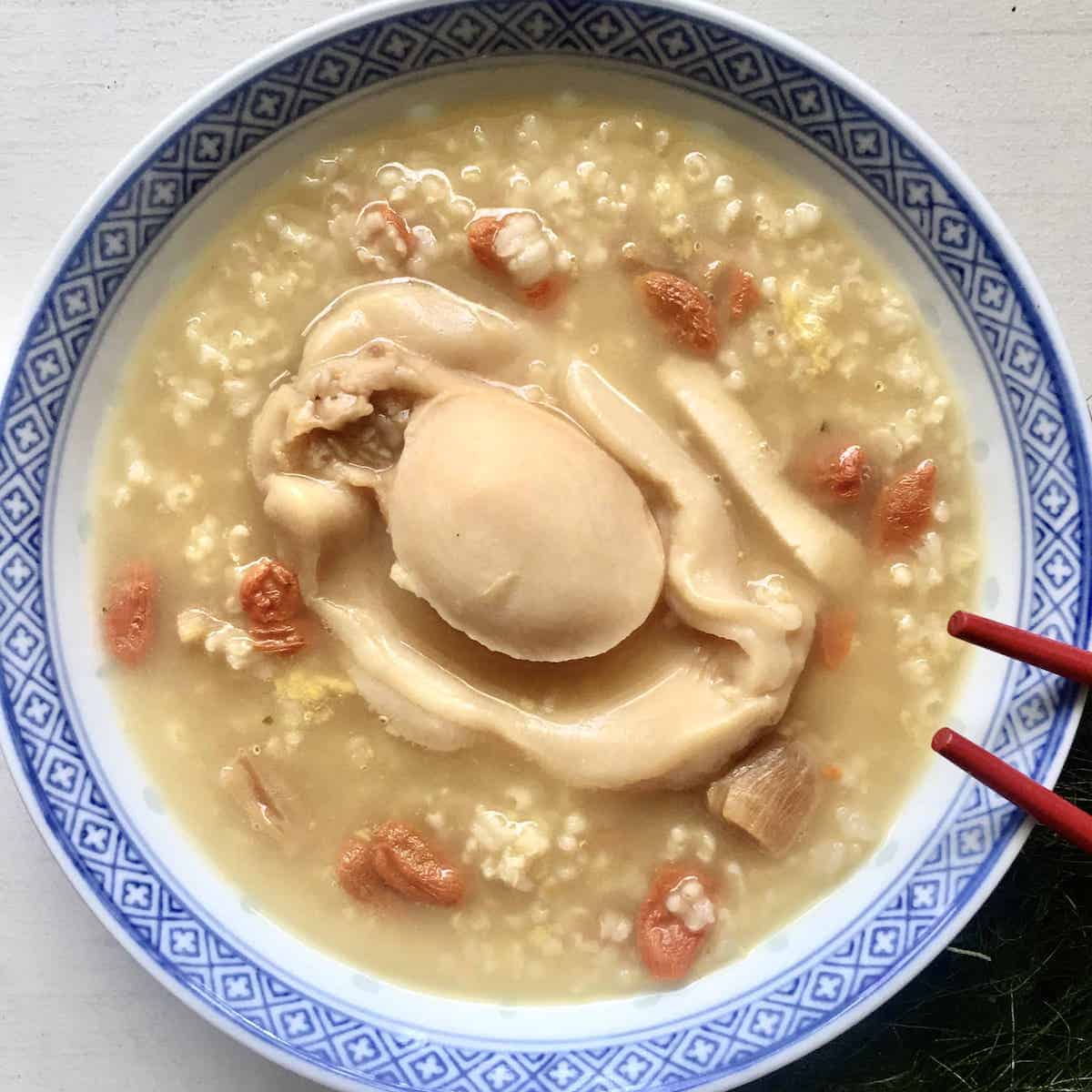

Scallop Porridge
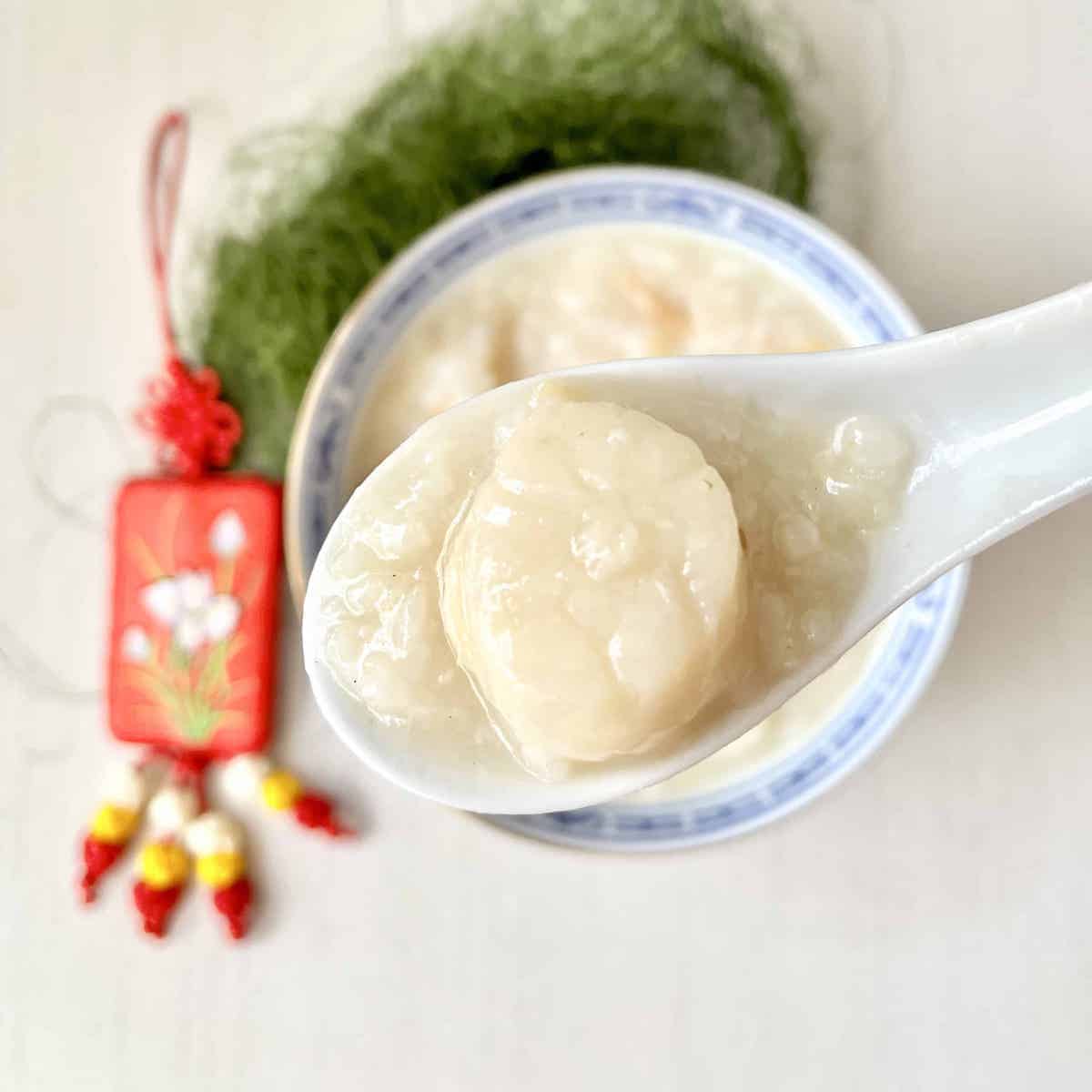

Sweet treats
Energy Balls
Thanks to their reputation as a superfood, woflberries are in all the health shops, and you can find them in health foods such as energy balls etc.
Truffles
You no longer have to feel guilty about eating chocolate if you add goji berries to your truffles!
Granola


Tip: To turn your granola into Granola Bars, add in some sticky honey to bind all the ingredients together.
Bakes
Another easy and tasty way to eat more wolfberries is to add a handful to whatever you're currently baking, such as brownies, cookies or muffins.

Muffins

Biscotti


Dessert
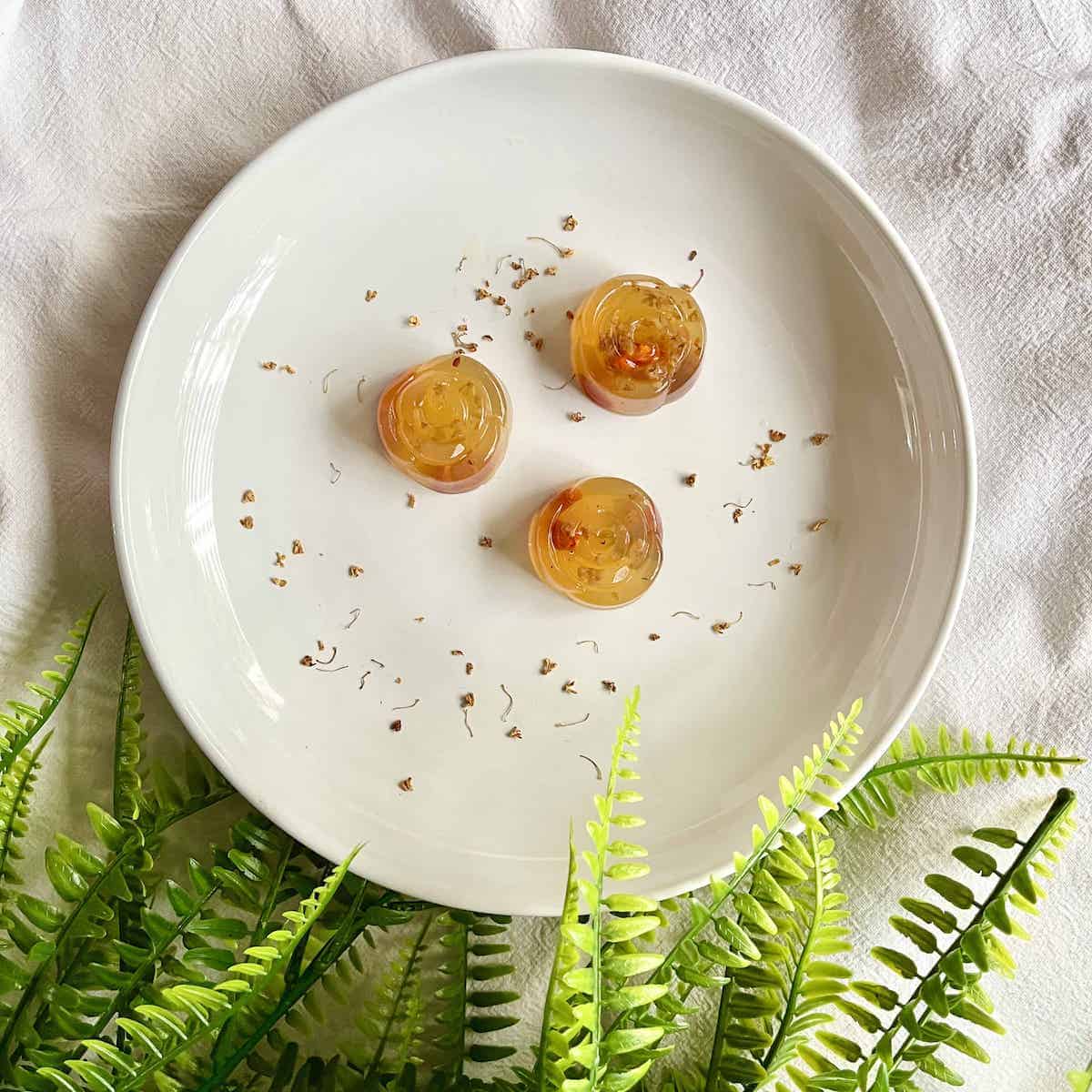
Osmanthus Jelly

Chocolate Bark
Ingredients
- 6 oz Dark Chocolate Fevres (I use 60%)
- ½ Cup Lightly toasted pumpkin seeds, sunflower seeds and/or broken nut pieces
- ⅛ Cup dry goji berries
- Optional: raw cacao nibs
- Optional: Sprinkle of sea salt, to taste
How to Make
- Melt the chocolate in the microwave by blitzing on low in 20 second intervals. Stir in between each blitz. Once the chocolate is 90% melted, you can stop as the rest will just melt naturally.
- Place a parchment paper or Silpat on a baking tray, then spread the chocolate all over it.
- Mix the dried berries and seeds/ nuts then sprinkle them all over the chocolate. Press to make sure they stick.
- Lastly, sprinkle the sea salt all over.
- Allow to cool in the fridge for 15 minutes. (If you live somewhere temperate, it can also cool at room temperature after a few hours.)
- Break into pieces and enjoy! These make amazing Christmas food gifts!
TIP: if you want it sweeter, swirl in some maple syrup or use lower cocoa chocolate.
Bird's Nest Dessert


Goji Berry Tart
This no-bake tart owes a lot of its taste to the tart flavor of goji berries. It's also really pretty thanks to the edible flowers and is sure to impress!
Chinese Jelly


Drinks
Longan Red Date Tea


Wolfberry Tea
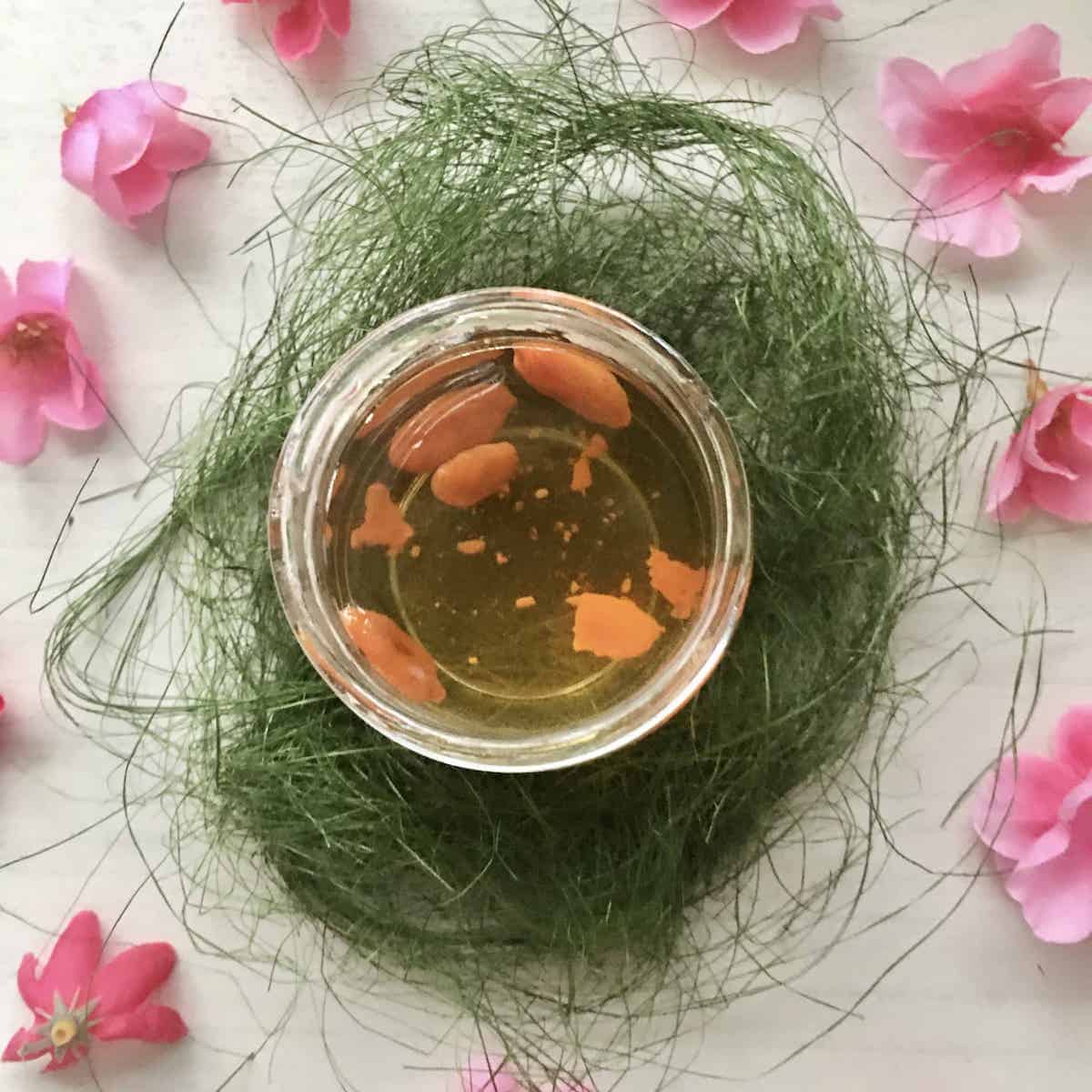

Osmanthus Tea

You can also add goji berries to your no caffeine, osmanthus tea (Gui Hua Cha).
Flu Season Smoothie


Milkshake

Or toss some in your papaya milkshake!
Where to Buy
These days, dried goji berries are sold at most large grocery stores. If not, you can find them online or at health food stores.
Fresh berries are harder to come by unless you have your own goji berry plant!
Health Benefits
According to Traditional Chinese Medicine, goji berry recipes are great for better eyesight. And, recent research has shown that these fruits are indeed good for the eye health of the middle-aged!
Wolfberry is also a relatively healthy food as it has a lot of vitamin A and vitamin C, as well as antioxidant properties. In particular, they protect from damage by free radicals and alleviate oxidative stress.
NOTE: consuming goji berries has been shown to interfere with certain types of medications (e.g. ones for blood pressure or blood circulation medicine), such as warfarin, so do consult your doctor before making changes to your diet. This is for information only and not meant as health, medical or nutrition advice.
FAQs
Goji berries, also known as wolf berries, have been eaten by Chinese people for centuries, both for the taste and the health benefits. They can be eaten fresh and dried- either way, the whole berry, including the seed and skin, is consumed. When eaten raw, wolfberries are a bit bitter, a bit tart and a bit chewy. Chinese & Korean goji berry recipes usually use the dried version in soups and stews, such as the ones I've included in this collection of sweet and savory wolberry recipes.
Yes. Although dried goji berries can be kept for a good period of time in a cool and dark place (best if kept in the fridge), freezing them helps to extend their shelf life for even longer.
Fresh goji berries are more bitter than sweet and even a little bland. Once dried, they have quite a unique taste- sweet, a little tart and a little bit earthy.
Which is your favourite in this list of sweet & savory dried goji berry recipes? Personally, I can never say no to a bowl of Chinese soup!

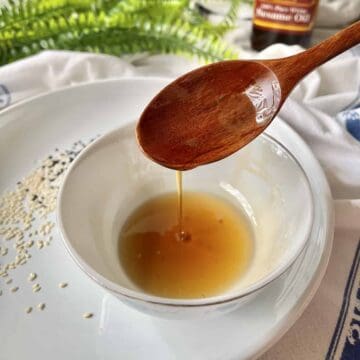



Comments
No Comments